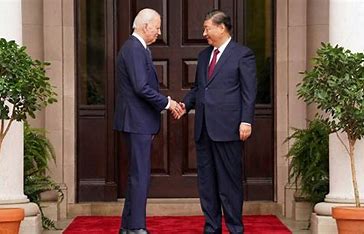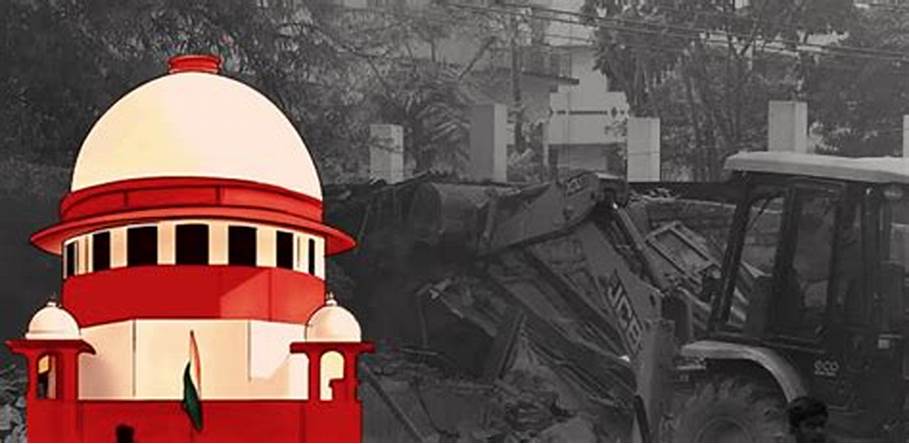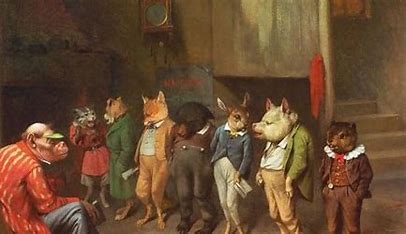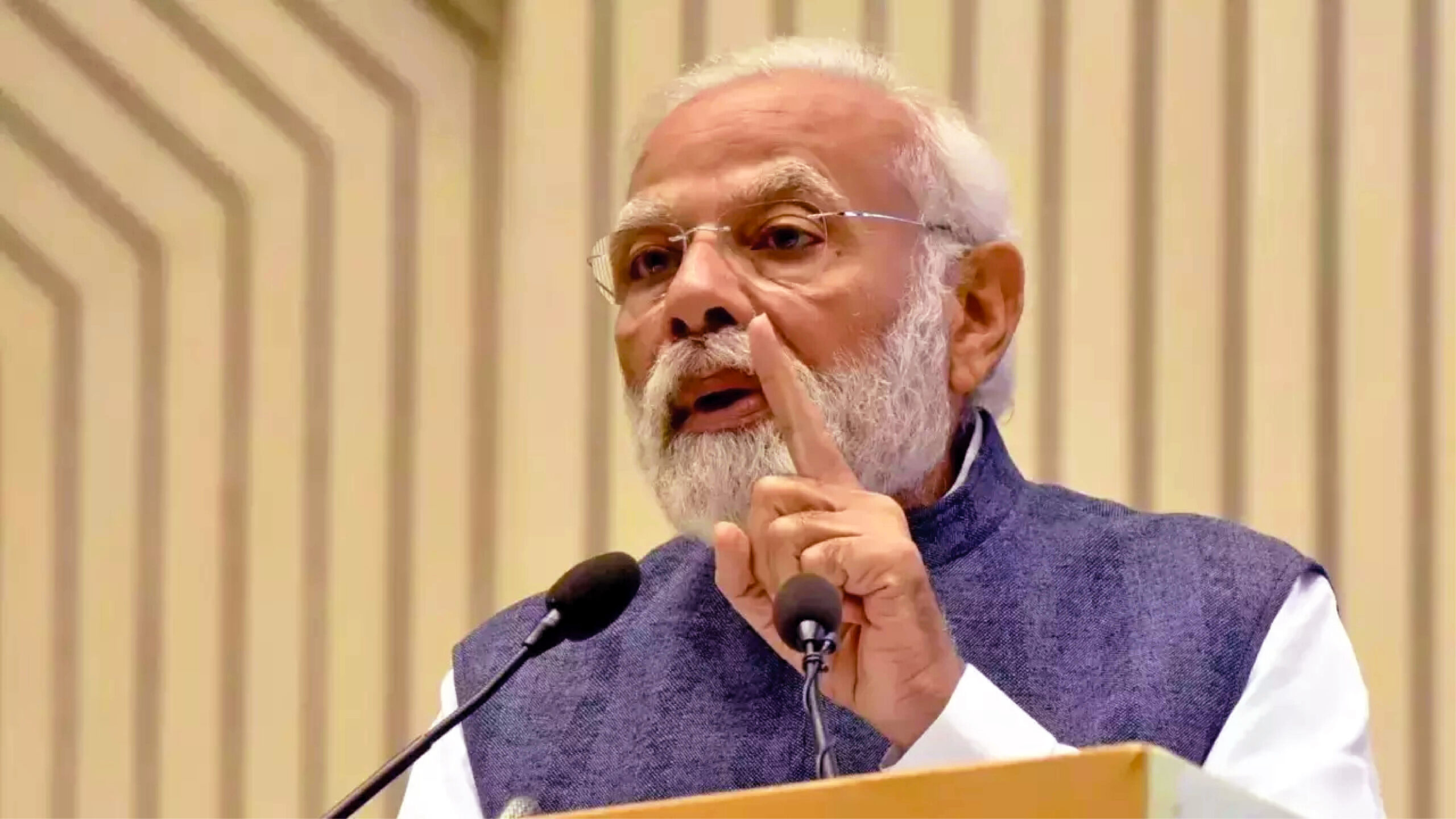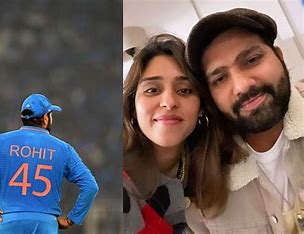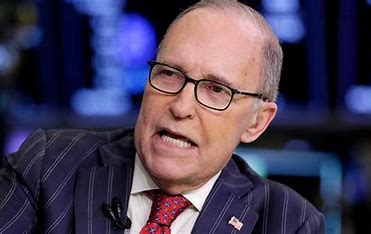
The current debate on same-sex marriage has overlooked two substantial assumptions; firstly, the proponents of same-sex marriage consider the civil unions as a satisfactory union and thus they seek to rectify the persisting injustice which consists of unwarranted legal discrimination on the basis of sex; and secondly, the opponents of same-sex marriage argues that marriage is a valuable institution, it signifies the deep and abiding commitment towards each other. The idea of ‘ideal marriage’ does not comprises of the normative or aspirational values which inculcate the positivist aspects in the contemporary era. Therefore, efforts can be made to include the Constitutional values, such as dignity, liberty and equality of an individual to incorporate the same-sex couple. The laws on same-sex marriage also have its own differences throughout the globe, in the year 2015 the US Supreme Court in Obergefell v. Hodges [576 U.S. 644 (2015)] legalized the same-sex marriage while interpreting the Fourteenth Amendment of the Constitution which provides equal protection for all citizens. But, the same-sex couples still face challenges in obtaining the same recognition in the society in comparison with the heterosexual couples. The author Andrew Koppelman in the article titled “Interstate Recognition of Same-sex Marriages and Civil Unions: A Handbook for Judges” discussed elaborately the issues and challenges of same-sex couples. The author in this article mentioned four such challenges, such as, first – ‘evasive marriages,’ this includes those couples who travelled out of their home state to evade the state’s prohibition of their marriage; however, they return to their home town once they solemnise their marriage. These marriages become invalid in their home state as the public law of the state do not permit for such marriages. Second– ‘migratory marriages’ these includes those couples who got married in a state which permit such marriage, but subsequently moved to a state where their marriage was prohibited. Third – ‘visitor marriages’ these include those marriages where the state does not recognize their marriage, but there is little authority which addresses such questions and lastly – ‘extraterritorial cases’ these include those parties who never lived within the state, although the marriage is relevant to litigation which was solemnized there.
In India from the pre-colonial times a diverse population resides who have their own understanding of sexuality and companionship; but in the contemporary era, the notion of ‘sex’ is always looked through the binary lenses of ‘male’ and ‘female,’ that is biological male and biological female. Here, marriage as an institution has always remained a bastion of conservatism; it provides rights, duties and obligation based on ‘sex specific’ right which are provided under the personal laws. The denial of right to marry for gender minorities demonstrates the gap between the orthodox concept of marriage between male and female and the marriage of transgenders. It is a systematic form of discrimination which posits an individual for marriage must be either male or female as it leaves no scope for the transgender to solemnise their marriage which in turn make them vulnerable and violates Article 15 of the Constitution of India which prohibits discrimination on the ground of sex. The Yogyakarta principles also mention that, every individual is entitled to enjoy all the human rights without any discrimination on the basis of sexual orientation or gender identity. In India, the NALSA judgement and Transgender Persons (Protection of Rights) Act 2019 recognise the rights of the transgender person, to identify them by their gender identity of their choice in equal terms with others.
Recently, the controversy touched its peak when the Supreme Court of India in Supriyo @ Supriyo Chakraborty v. Union of India [2023 SCC OnLine SC 1348] unanimously ruled against the legalising same-sex marriage in India. In this judgement the court unfolded many questions regarding the legitimacy of such marriage; it provided a constructive view regarding homosexuality or queerness and referred Navtej Singh Johar’s [2018) 1 SCC 791] case which mentioned that it is innate and natural. In Shakti Vahini v. Union of India [(2018) 7 SCC 192] the Supreme Court of India opined that, one has the right to choose his or her life partner which is protected under Article 21 of the Constitution of India. Further, Article 12 and 16 of the Universal Declaration of Human Rights 1948 provide the right to marry and to form a family and no one can arbitrarily interfere in one’s privacy. In India marriage is governed through different personal laws which are based on the country’s religious belief; therefore, it is necessary to be penned down here the statutory provisions relating to marriage. Section 4 of the Special Marriage Act (SMA)1954 mention the word ‘two persons’ which is gender neutral and through literal interpretation it can grant the homosexual couple their right to marriage. However, the challenges remain with Section 4(c) where the legislature used the term ‘male’ and ‘female’ which cannot be interpreted to include same-sex partners. It is the cardinal principle of interpretation, that the judiciary cannot broaden the language of a section to include something which was not the intention of the legislature. Therefore, the Chief Justice of India Hon’ble Justice Chandrachud also was against the expansion of reading of the provisions of SMA 1954 as it is the work of the legislature to enact or amend the statutory provision. The court in such situations cannot apply the purposive interpretation to incorporate the same-sex partners as there remains no such mischief behind enactment of Section 4 of the SMA 1954. The legislative intent to enact the SMA is only to legalise the inter-caste marriage and not same-sex marriage. Further, Section 5 of the Hindu Marriage Act (HMA) 1955 mentioned about the conditions for a valid marriage, where the word ‘any two Hindus’ depicts that irrespective of one’s sex anyone can get married under this Act. Again, the literal rule of interpretation will help to understand Section 5(i) where the word ‘spouse’ has been inserted by the legislature which is gender neutral, however, the challenges arose with Section 5(iii) which uses the word ‘bridegroom’ and ‘bride’ which is not gender neutral as it suggests a male and a female who has completed the age of twenty-one and eighteen respectively. The intention of the legislature is very much clear by reading Section 5 of the HMA 1955 and there remains no scope to interpret the language of the section in a different manner.
In the contemporary era, the notion of family is changing and there is an urge to include the various nuances of family in its different shades while incorporating the rights of transgender. However, under the current legal system in India, the laws do not permit for same-sex marriage and the researcher thus has the opinion that, it is the decision left open to the realm of legislature to enact a new legislation or to amend the existing laws to incorporate such couples. Lastly, the researcher also has the view that as it is an established fact now that right to marriage do not fall under the purview of fundamental right, therefore, in the current legislative framework the right to private life which includes marriage of the transgender persons is not recognised by law.
Dr. Debasree Debnath, Assistant Professor of Law at National Law University, Tripura ( Agartala) India.
